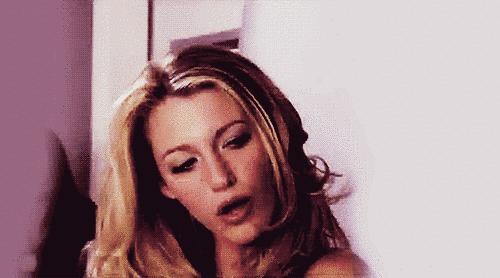This week, I’ll be discussing the concept of media and class. Overall, I’ll be looking at the show Billions. This show which premiered on Showtime in 2016 is loosely based on a federal prosecutor of financial crimes and his battles with his hedge fund manager.
In the trailer below: you’ll find several representations of the higher class. Not only are they in suits, the top button is done and the characters are wearing ties. While most “modern men” in New York often dress nice, only those in the highest class wear ties, it seems to me. This is also the representation that they drive nice cars. To drive a suburban anywhere is expensive but in a city as large as New York, it becomes even more expensive. Gas and parking are the two biggest expenses of driving in New York.
https://www.youtube.com/watch?v=_raEUMLL-ZI
Chuck’s character in the show also struggles with his status as a man in the show as he often struggles with his wife, Wendy, earning a lot of money. This is very interesting given Chuck is Wendy’s “slave” when it comes to their intimate relationship.
Again, the characters within this show all are of higher class. Chuck, in particular, is always found dressed nicely in the courtroom and is well put together. To go against the stereotype; however, a majority of the characters are very witty and intelligent.
This can be very well shown in the clip below. Here, their social awareness helps them to seal a deal. Their social pressures are used to close the case by citing previous statements made in the court of law. They then play on the concept of being bitten by an animal to compare it to the pain that Mr. Axelrod is currently in. Though a snide comment at the end breaks the deal, there could have easily been reconciliation between the two parties.
https://www.youtube.com/watch?v=MfC54kLXNQg
Another example of the characters being rather intelligent is Bobby’s ability to remember. Bobby displays a memory that aids him greatly when he’s charged with assaulting a man in his backyard. When this happens, Bobby remembers a girl nearby whose iPhone video of the encounter will show that the man had been driving drunk with Bobby’s kids in the car. This instance of remembering shows Bobby has a fantastic memory. Another instance is when Bobby hears news of an earthquake in Mozambique. Bobby is very wise when connecting the two dots of Axe Capital’s investment will be severely harmed when the resulting waves eventually hit the coast. Though Bobby is bound by losing his license, simply knowing this proves his mind is in a very secure place.
While this is a pro-social behavior, Chuck engages in his fair share of antisocial behaviors. This includes when he took advantage of Wendy’s in house position within Axe Capital and looked into her confidential items to gather incriminating information on Bobby. Chuck engaged conversation with his father and his best friend into making disastrous investments that decimate their fortunes in order to trap Bobby. These “backstabbing” behaviors may be attributed to the upper class as they are fighting for the financial gain they can have. Those in lower classes generally are more open about sharing their resources for those in need.
Alright, it’s about time for another video. Let’s take a look at this one where the characters engage with others in the Sushi Shop, particularly Wags. The way the characters engage is important. If you notice the opening lines, they are in a foreign language which they are able to converse with the chef. This is another good example of how upper class people have time to learn a second language because they have enough financial security that they have time to do such whereas others in lower class may be working more to provide for their family. When I think of this scenario, I often think of myself. While me and my family had enough money to get by and go on biannual vacations, we still worked hard to ensure we had enough for the tough times that were ahead in East Kentucky. Now, as a student, who has tried to take the burden of debt off my parents by working my way through school: I no longer have time to pick up learning a second language for the time being. This will likely change after college but I am losing precious time waiting to graduate so I can devote my studies to a foreign language.
















 So we fast forward to 2011 and season 7 of Greys Anatomy you can see “Calizona” this strong power couple and that their marriage finalizes this because when you first see these two separately they are strong and dynamic women but when they are together they are a force to be reckoned with and this is kind of talked about in Doty article when you see the parallels talking about strong women and their sexuality doesn’t define them but is just a key part of who they are.
So we fast forward to 2011 and season 7 of Greys Anatomy you can see “Calizona” this strong power couple and that their marriage finalizes this because when you first see these two separately they are strong and dynamic women but when they are together they are a force to be reckoned with and this is kind of talked about in Doty article when you see the parallels talking about strong women and their sexuality doesn’t define them but is just a key part of who they are.





